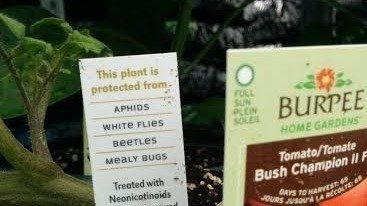Thank you for the reference Chris. You will notice that all of the species referenced in the article are molecular gases;
Examples of applicationsA number of relevant atmospheric species can be measured from space using the DOAS method. They include pollutants such as ozone, nitrogen dioxide (NO2), sulphur dioxide (SO2), formaldehyde (CHCHO), carbon monoxide(CO), methane (CH4) and several othertrace gases (see Figure 4). For the lower atmosphere (the troposphere), determination of nitrogen dioxide amounts is the most mature application.
http://newscenter.lbl.gov/2008/09/05/tracking-down-the-menace-in-mexico-city-smog/
This is why I imagined that one could devise a study based on some form of analysis on airplane air filters, especially if there is a separate filter used for the outside make-up air. One would need to control for virgin filter makeup (background) then, miles flown with a new filter, etc.. but it could be done.Measuring airborne particles
Many different instruments were used to collect the aerosol samples at several sites: one, a Davis Rotating Drum, captured particles of three different sizes on Teflon tapes; another, a Time Resolved Aerosol Impactor, collected single particles. In situ measurements were made with an Aerosol Time-of-Flight Mass Spectrometer (ATOFMS), which sucked particles into a vacuum chamber, determined their size, and analyzed the mass spectra of their constituent chemicals on the fly, by zapping each with a laser pulse.

